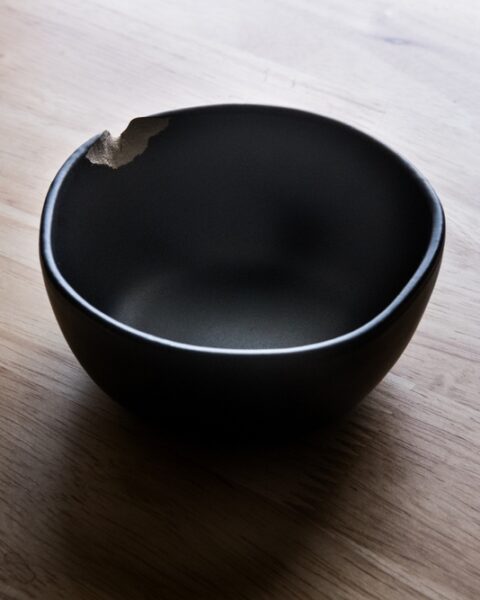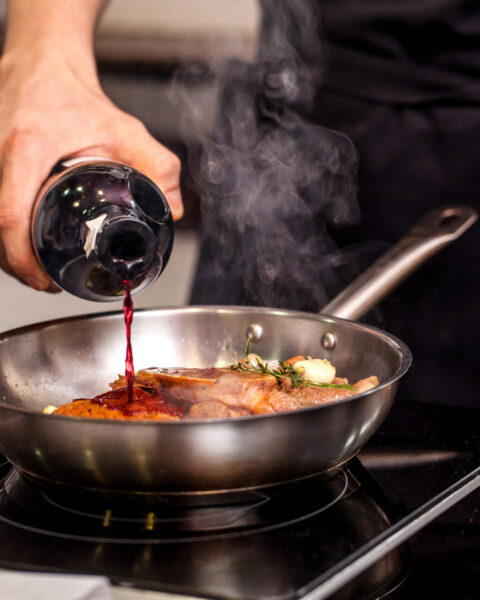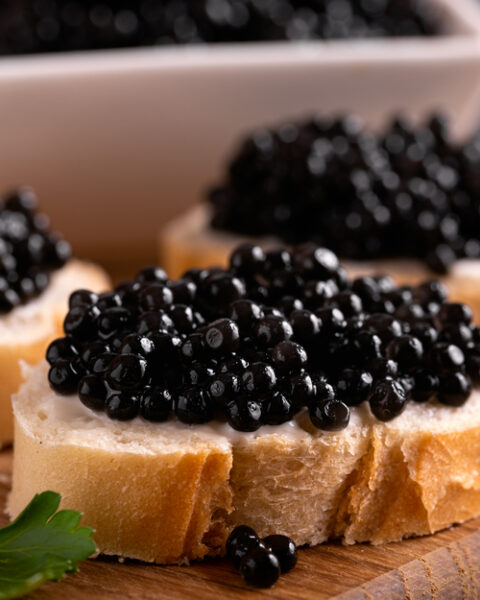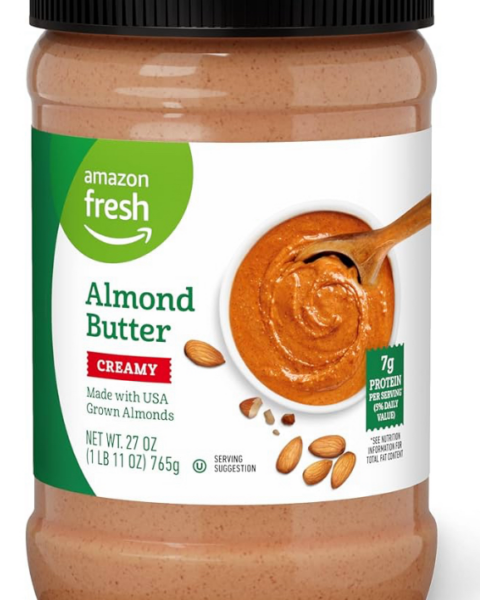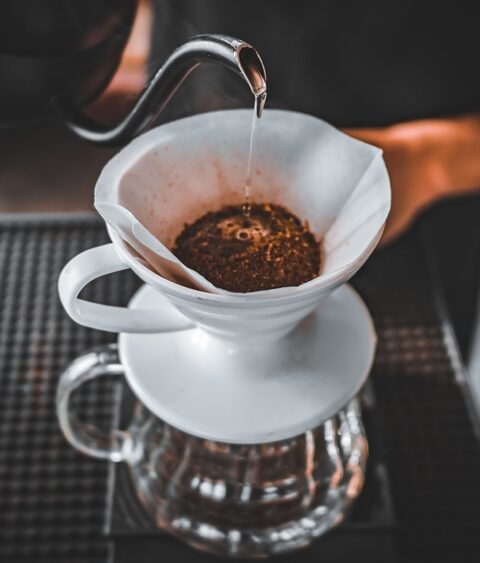Baking has been a part of human history for thousands of years, and it’s amazing how every culture has its own way of doing it. Some methods rely on simple tools and natural elements like fire and stone, while others use unique ovens or creative techniques passed down through generations. Each one has a special charm, and they show how resourceful and inventive people can be with the ingredients and tools they have. Let’s explore some of the fascinating ways the world bakes its favorite breads and treats.
Contents
- 1 Tandoor Baking
- 2 Wood-Fired Oven Baking
- 3 Pit Oven Baking
- 4 Tandyr Baking
- 5 Comal Griddle Baking
- 6 Pão de Queijo Baking
- 7 Bamboo Tube Baking
- 8 Dutch Oven Baking
- 9 Hot Stone Baking
- 10 Banana Leaf Baking
- 11 Steam Oven Baking
- 12 Cob Oven Baking
- 13 Girdle or Griddle Baking
- 14 More From RetailShout
- 15 16 Trader Joe’s Best Condiments for Enhancing Any Dish
- 16 15 Budget-Friendly and Nutritious Costco Snacks for the Family
Tandoor Baking
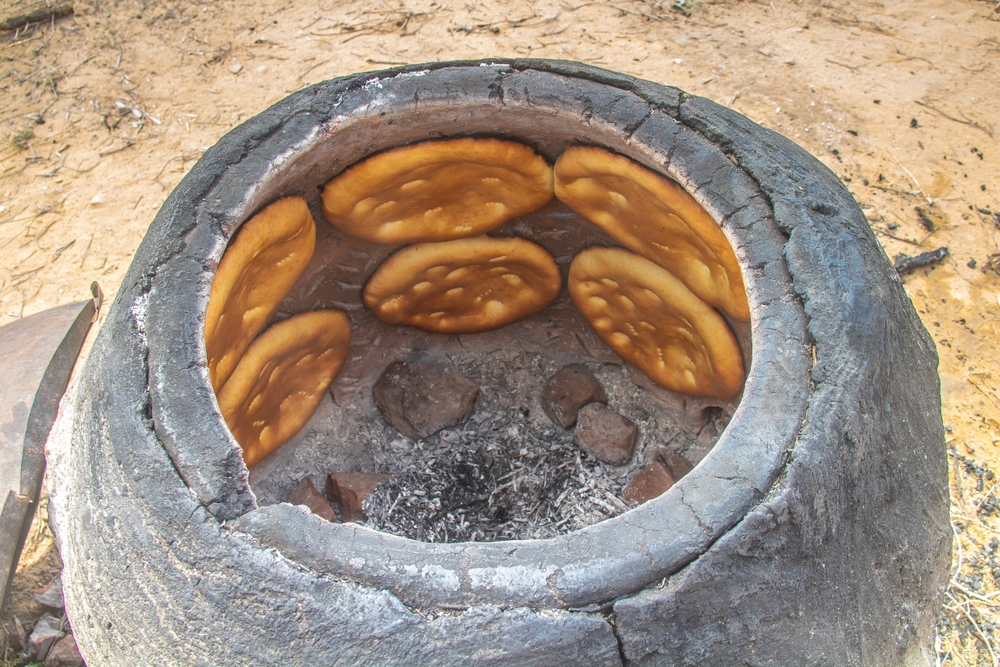
In India and Pakistan, the tandoor is a traditional clay oven used for baking bread like naan and roti. The tandoor’s high temperatures, reaching up to 900°F, cook the bread quickly, creating a distinctive char and smoky flavor. Dough is slapped onto the inner walls of the tandoor, where it adheres and bakes rapidly. This method imparts a unique texture, with a crisp exterior and soft interior. Tandoor baking is integral to South Asian cuisine, influencing culinary practices across the region.
Wood-Fired Oven Baking
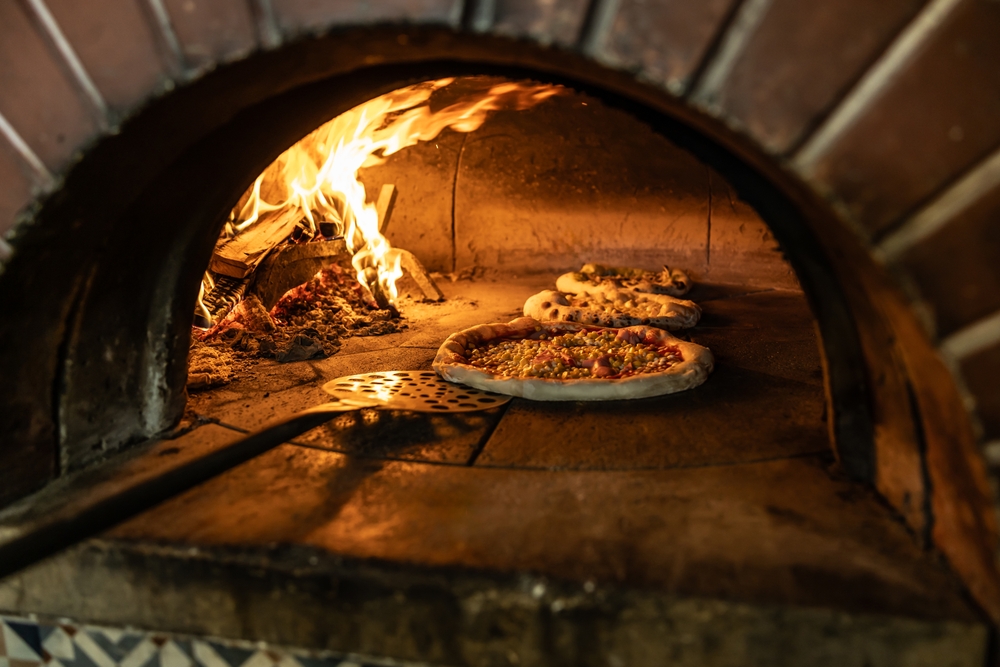
Traditional European breads and pizzas are often baked in wood-fired masonry ovens. These ovens retain heat efficiently, allowing for even baking and imparting a subtle smoky flavor. The high, consistent heat produces crusty exteriors and tender interiors in baked goods. Artisanal bakers worldwide continue to use this method to achieve authentic textures and flavors. The design and use of these ovens have been refined over centuries, becoming central to various baking traditions.
Pit Oven Baking
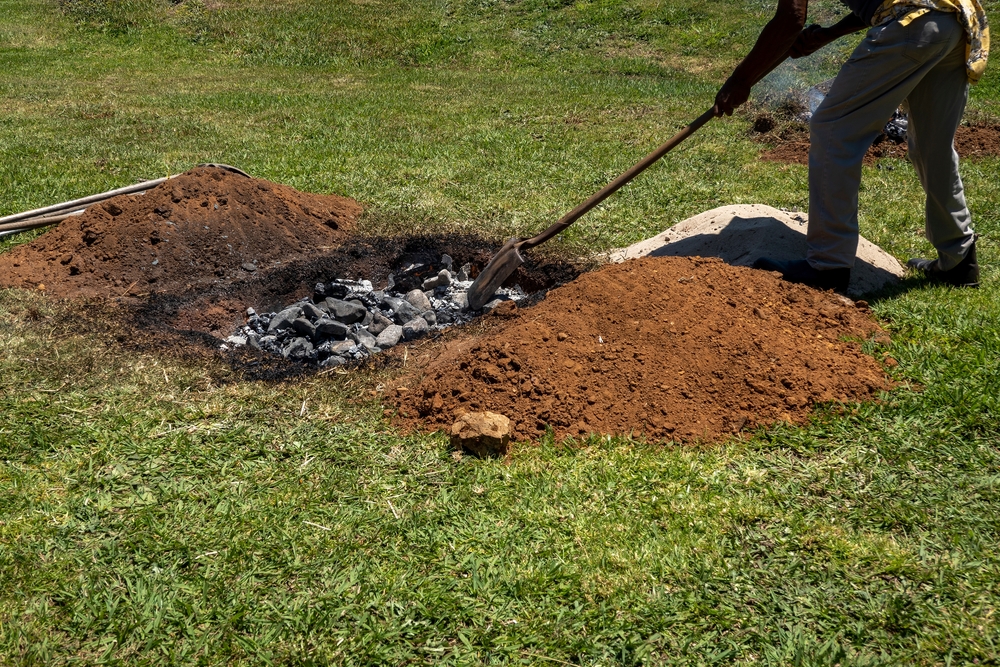
Indigenous communities in the Americas and Pacific islands utilize earth ovens, or pit ovens, for baking. This method involves digging a pit, heating stones with a fire, placing food over them, and covering it all to trap heat. The slow, even cooking tenderizes food and infuses it with earthy flavors. Pit baking is used for root vegetables, meats, and bread, reflecting communal cooking traditions. This ancient technique showcases resourcefulness and a deep connection to the land.
Tandyr Baking
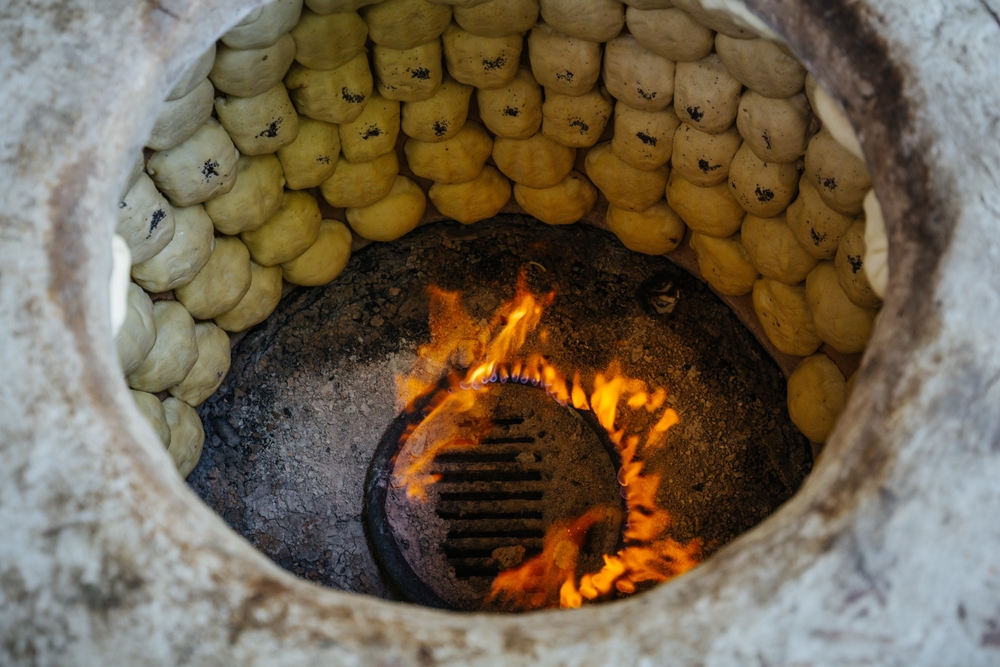
In Central Asia, the tandyr oven is used for baking breads like lepyoshka and samsa. Similar to the tandoor, dough is pressed onto the oven’s inner walls, baking quickly at high temperatures. This method yields bread with a crisp crust and soft crumb, often decorated with patterns from a bread stamp. Tandyr baking is a communal activity, integral to social and cultural gatherings. The technique has been passed down through generations, preserving its traditional significance.
Comal Griddle Baking
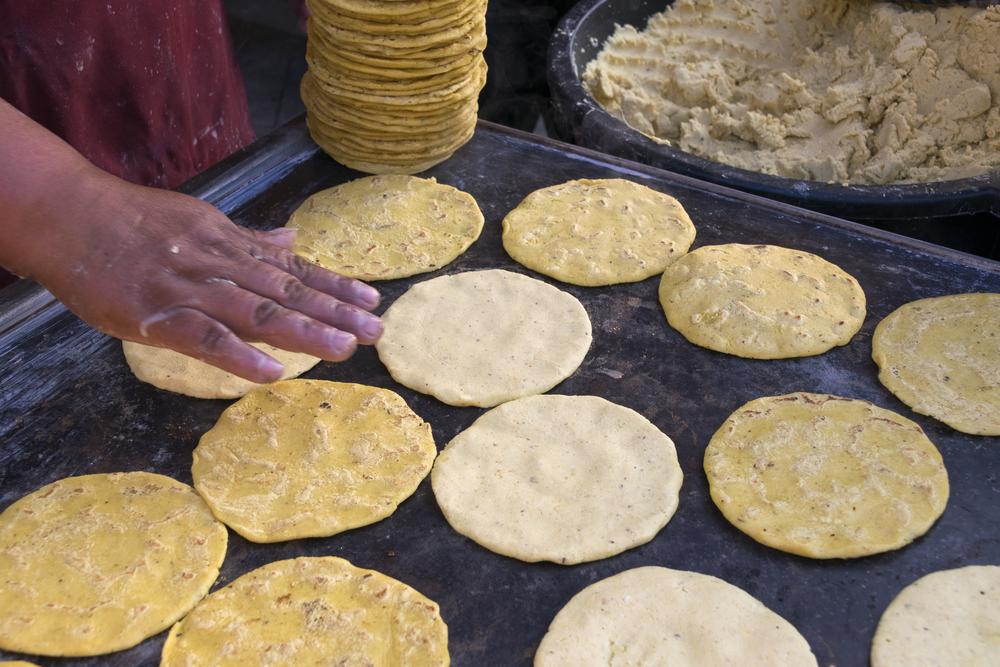
In Mexico and Central America, the comal is a flat griddle used for baking tortillas and other flatbreads. Made from clay or metal, it’s placed over an open flame, and the dough is cooked directly on its surface. This method produces soft, pliable breads essential to regional diets. The comal’s design allows for quick cooking, making it ideal for daily bread preparation. Its use dates back to ancient Mesoamerican civilizations, highlighting its enduring presence in the culture.
Pão de Queijo Baking
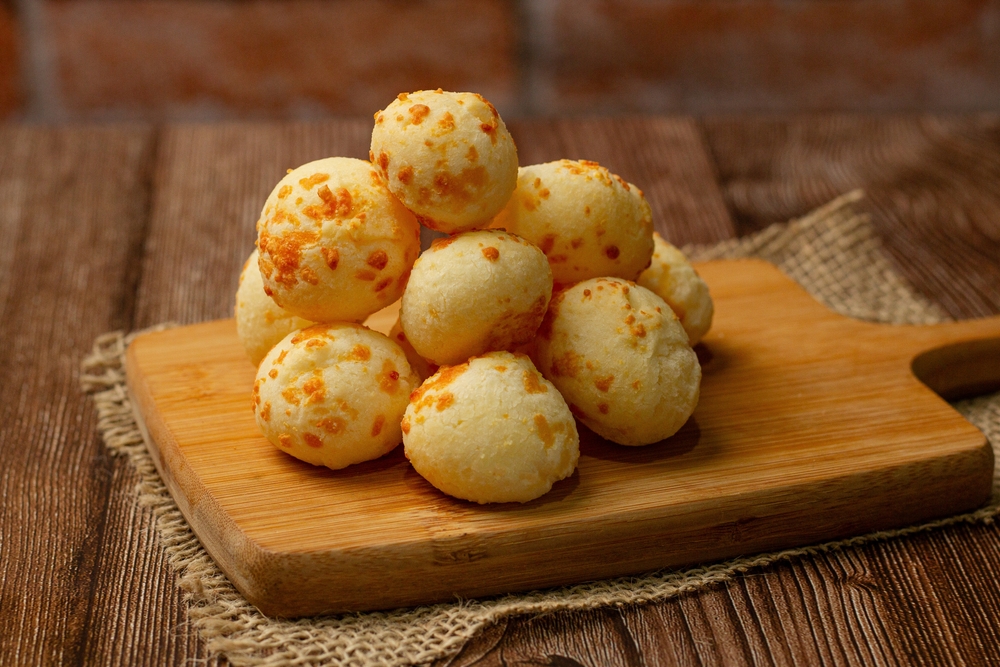
In Brazil, pão de queijo, or cheese bread, is a popular baked good made with cassava flour and cheese. The dough is rolled into small balls and baked until golden, resulting in a crispy exterior and chewy interior. This gluten-free bread reflects the country’s use of native ingredients like cassava. Pão de queijo is commonly enjoyed as a snack or breakfast item, showcasing Brazil’s unique baking traditions. Its preparation methods have been adapted over time, blending indigenous and Portuguese influences.
Bamboo Tube Baking
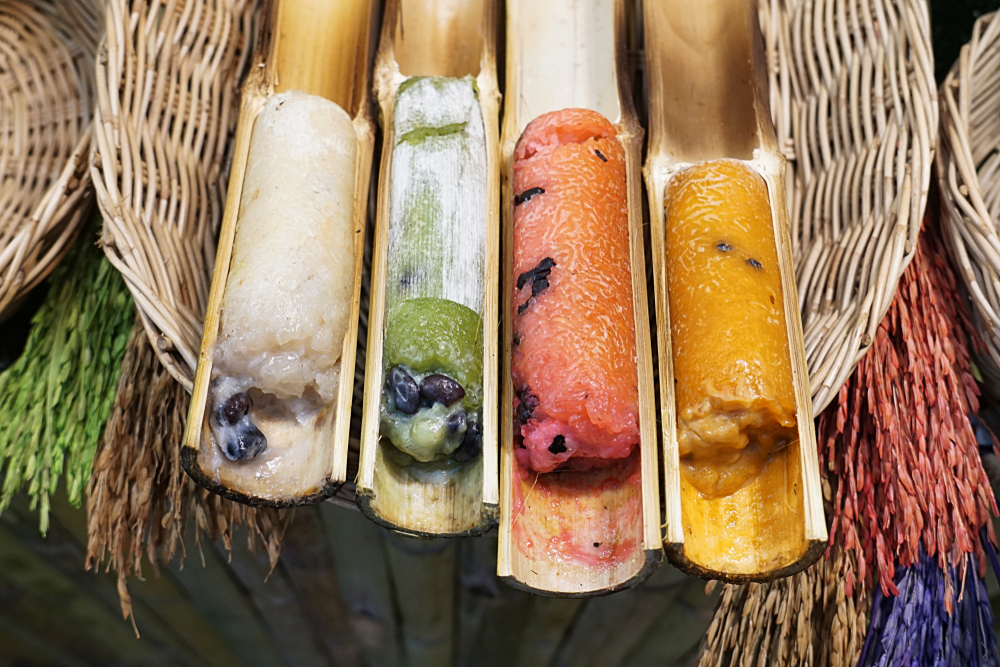
In Southeast Asia, particularly among indigenous communities, bamboo tubes are used for baking sticky rice and other ingredients. Food is placed inside the hollow bamboo, which is then roasted over an open fire. The bamboo imparts a subtle aroma and flavor to the contents. This method is practical for cooking in forested areas and is often associated with traditional festivals and rituals. Bamboo tube baking exemplifies the innovative use of natural resources in regional cooking practices.
Dutch Oven Baking
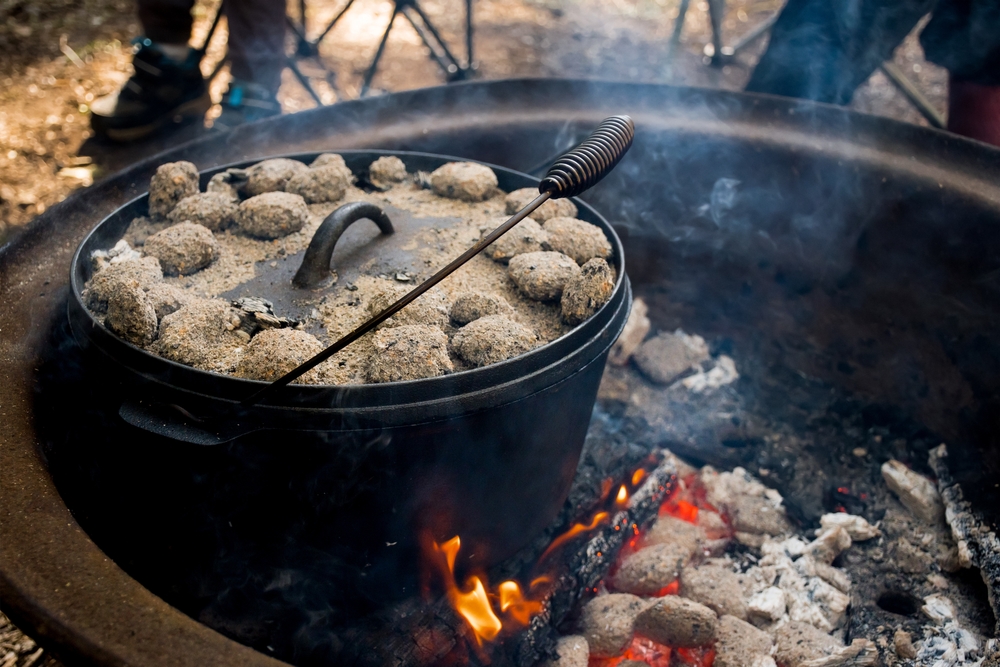
Pioneers and settlers in North America used cast-iron Dutch ovens for baking bread and other goods over open fires. The heavy lid holds coals on top, creating an even baking environment similar to modern ovens. This versatile method allowed for baking in various settings, from hearths to campfires. Dutch oven baking remains popular among outdoor enthusiasts and is celebrated for its durability and effectiveness. The technique reflects adaptability in cooking methods during periods of migration and settlement.
Hot Stone Baking
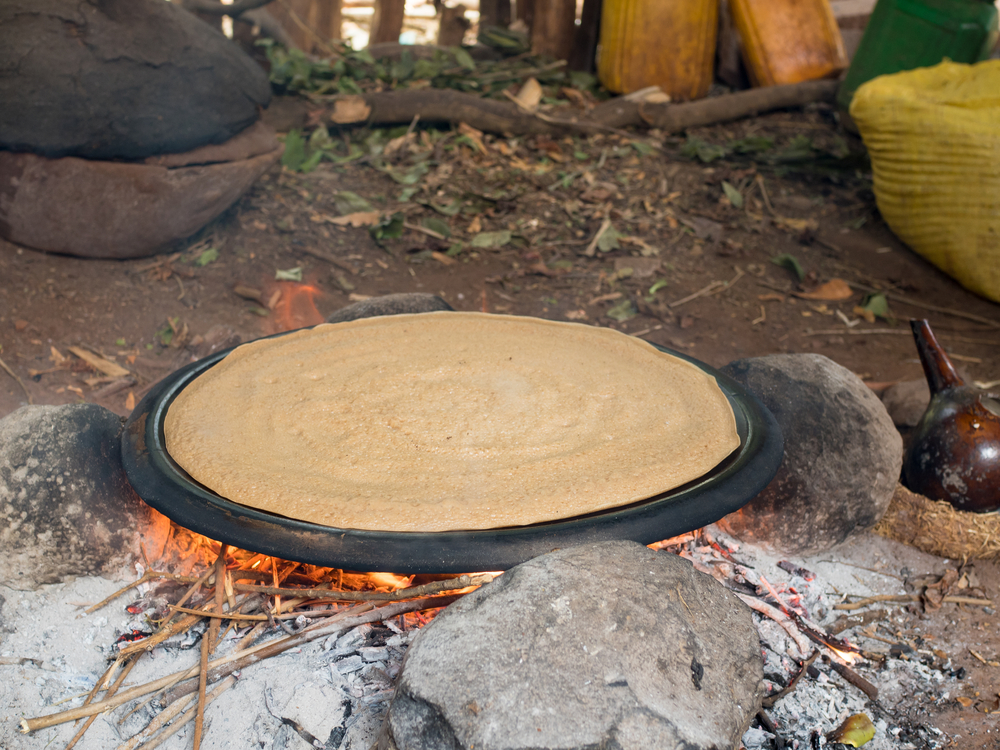
Traditional Ethiopian injera, a sourdough flatbread, is baked on a large, flat clay or metal plate called a mitad. The batter is poured onto the hot surface, spreading into a thin layer that cooks quickly. This method produces a soft, spongy bread with a unique texture, used as both a plate and utensil in Ethiopian cuisine. Hot stone baking is integral to the communal dining experience, emphasizing sharing and hospitality. The technique has been preserved through generations, maintaining its cultural importance.
Banana Leaf Baking
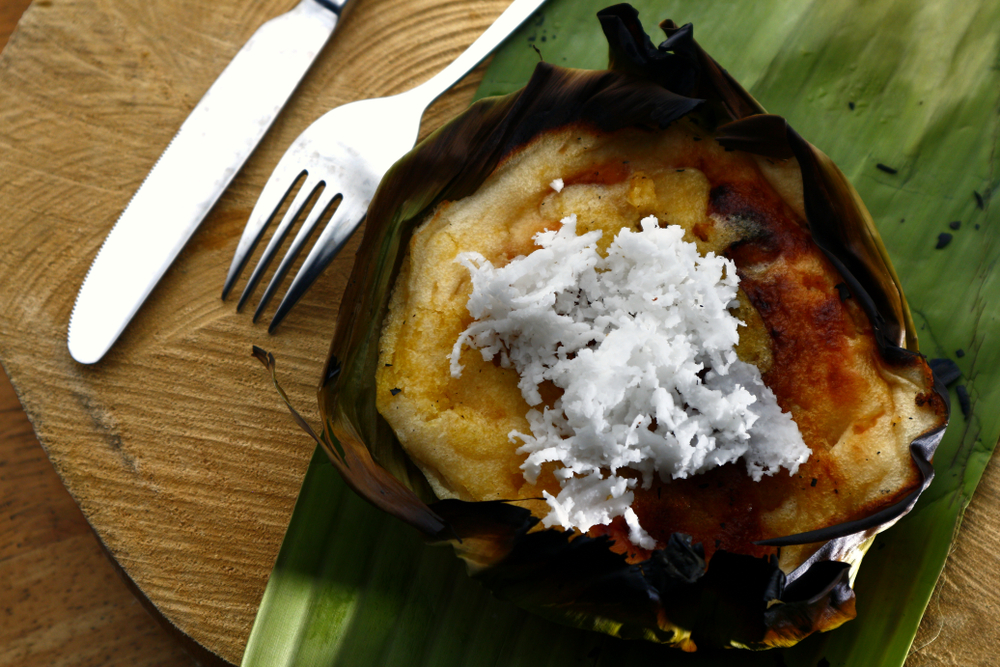
In parts of Asia and the Pacific, foods like rice cakes and puddings are wrapped in banana leaves before baking or steaming. The leaves infuse the food with a distinct aroma and prevent sticking. This method is used for dishes like Filipino bibingka, a type of rice cake baked in banana leaves. Banana leaf baking reflects the resourcefulness in utilizing local materials for cooking. The practice enhances flavor while also serving as an eco-friendly cooking method. This approach is commonly used for festive occasions and traditional celebrations, showcasing its cultural significance.
Steam Oven Baking
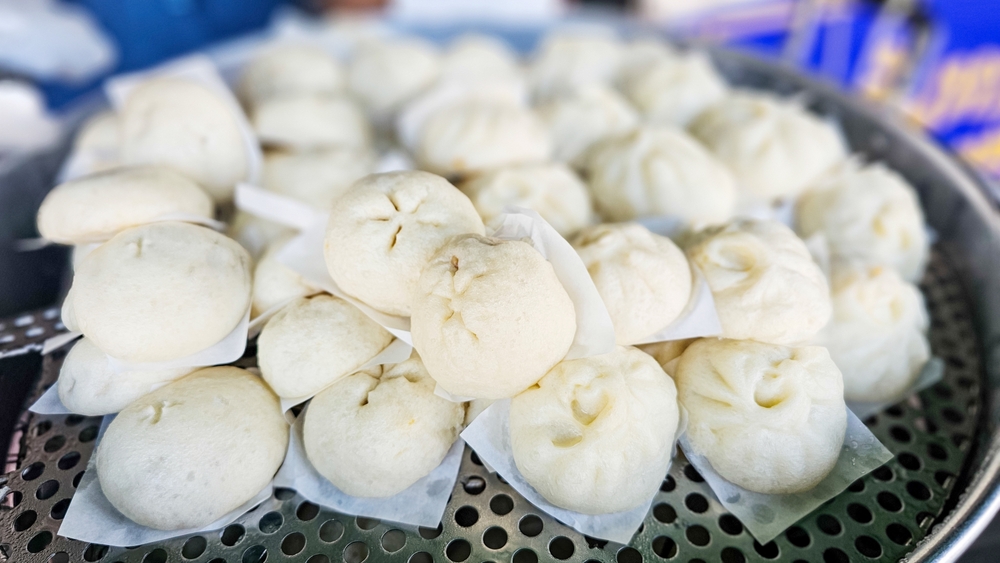
Steam ovens, prevalent in Asian cooking, use a combination of heat and steam to bake soft, moist goods like baozi and sponge cakes. This method allows for gentle cooking that retains moisture, resulting in fluffy textures. Steam ovens are especially suitable for delicate doughs that would dry out in a conventional oven. The technique is versatile, accommodating savory and sweet recipes alike. The use of steam in baking highlights a balance of tradition and modernity in culinary practices.
Cob Oven Baking
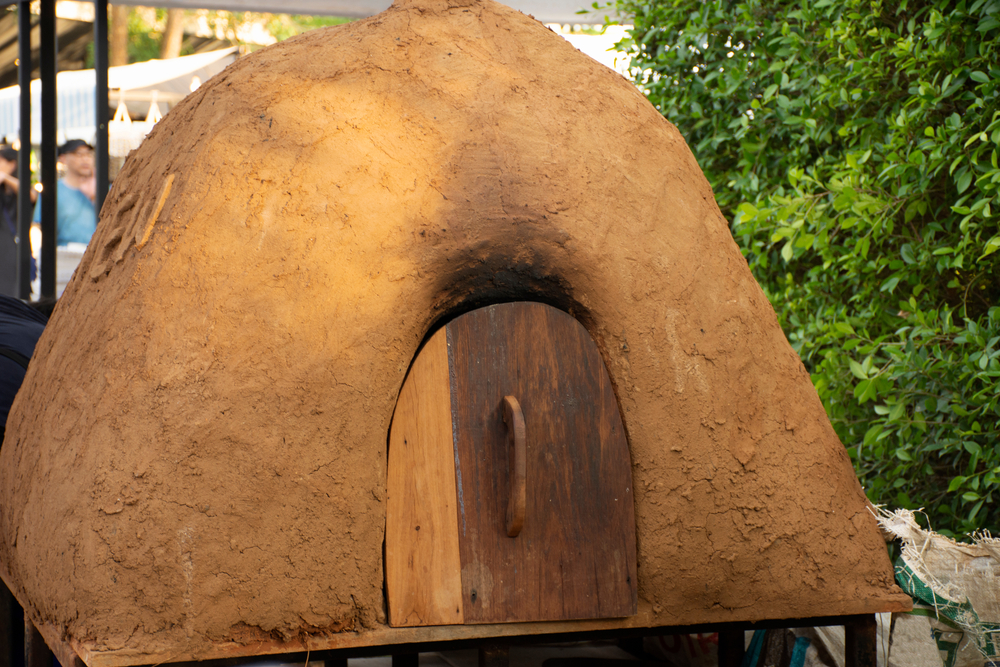
Cob ovens, constructed from natural materials like clay, straw, and sand, are a traditional method for baking in Europe and parts of Africa. These ovens retain heat exceptionally well, making them ideal for baking bread, pizzas, and pastries. The process involves heating the oven with a fire before placing the dough inside to bake using residual heat. Cob ovens are not only functional but also sustainable, reflecting eco-friendly building practices. Their historical significance continues to inspire modern artisans and bakers.
Girdle or Griddle Baking
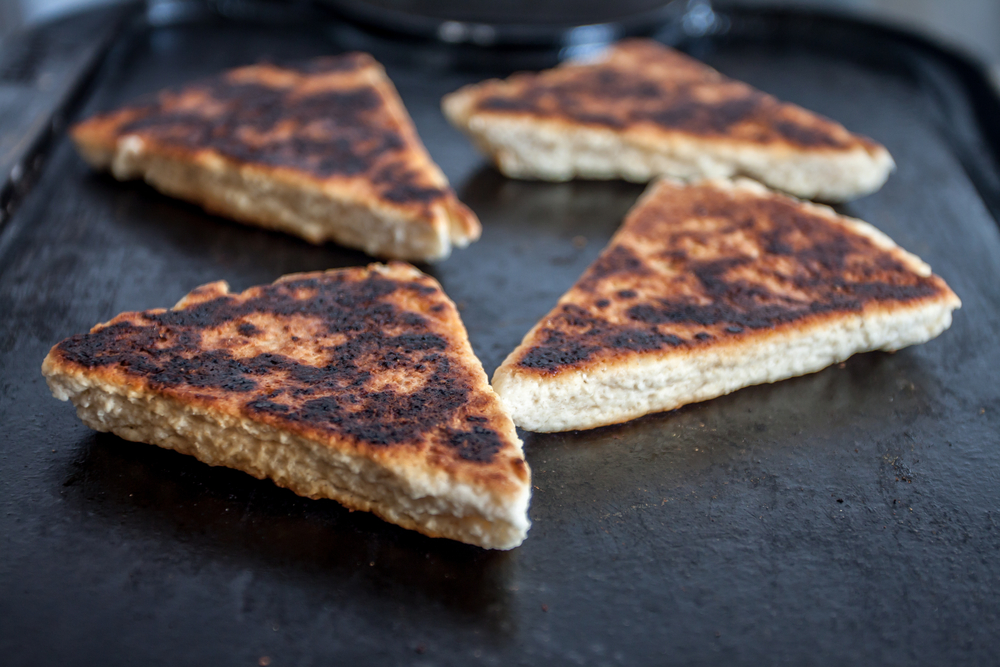
In Scotland and Ireland, griddle baking is a common technique for preparing flatbreads like soda farls and potato scones. A heavy metal plate, called a girdle or griddle, is placed over direct heat, allowing the dough to cook evenly. The breads develop a golden crust while remaining soft and tender inside. This method is quick and economical, ideal for preparing bread in home kitchens. Girdle baking is often associated with traditional breakfasts and family gatherings.
This article originally appeared on RetailShout.
More From RetailShout
15 Incredible Walmart December Deals to Keep Your Pantry Stocked for Less
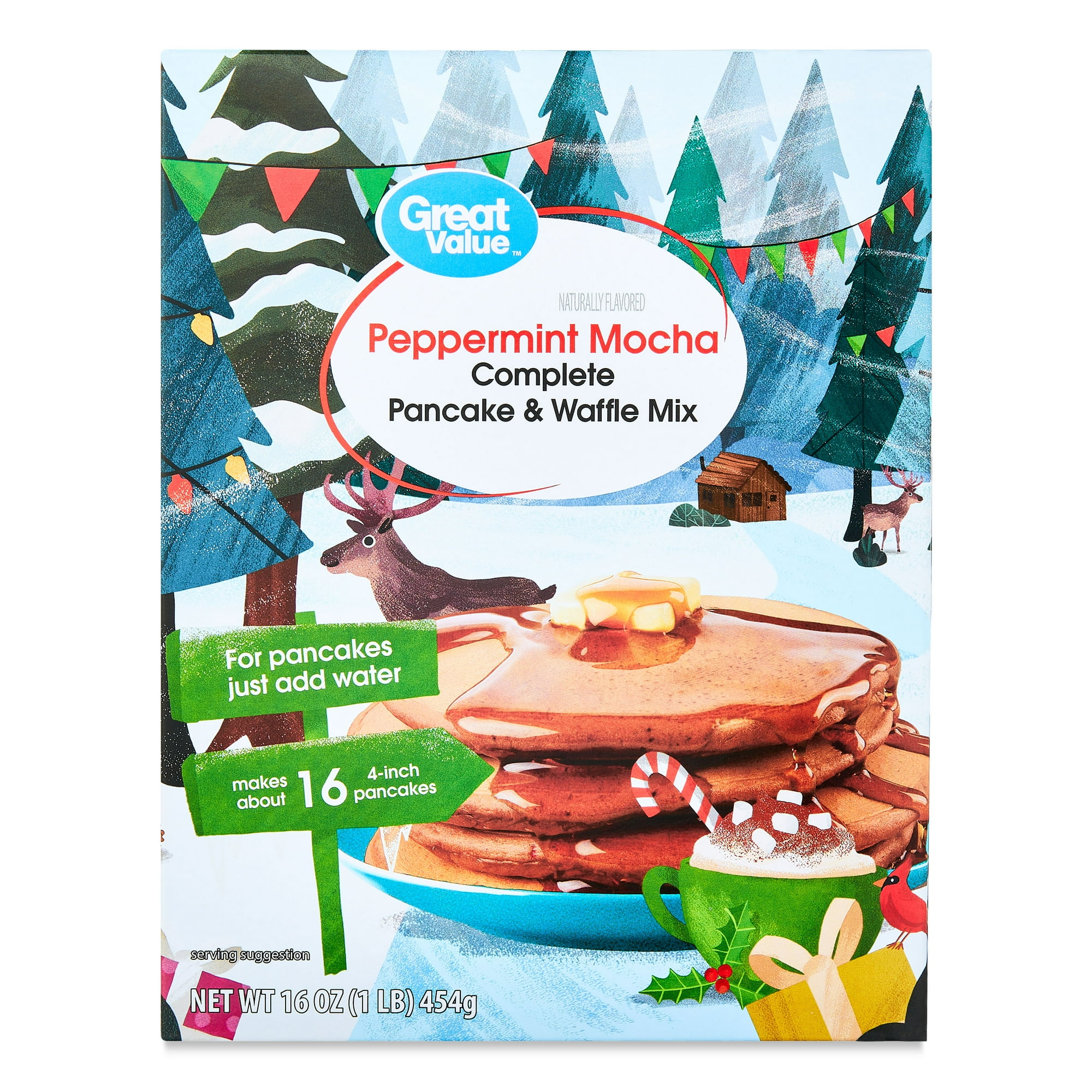
Stocking up your pantry doesn’t have to drain your wallet, especially with these amazing Walmart deals this December. From flavorful pantry staples to seasonal favorites, these finds bring both value and convenience to your kitchen. Read More.
16 Trader Joe’s Best Condiments for Enhancing Any Dish
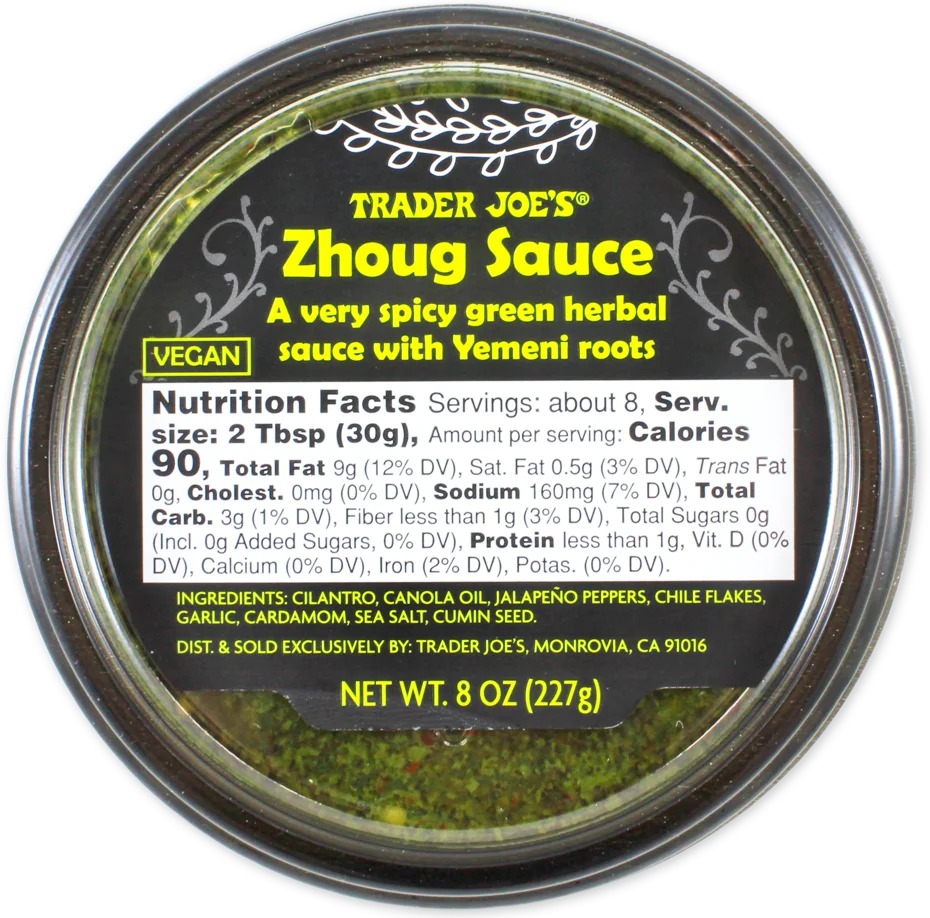
Adding the right condiments can turn an ordinary dish into something special, and Trader Joe’s has plenty of options to help make that happen. These versatile condiments add flavor and personality to meals, making them even more enjoyable. Read More.
15 Budget-Friendly and Nutritious Costco Snacks for the Family
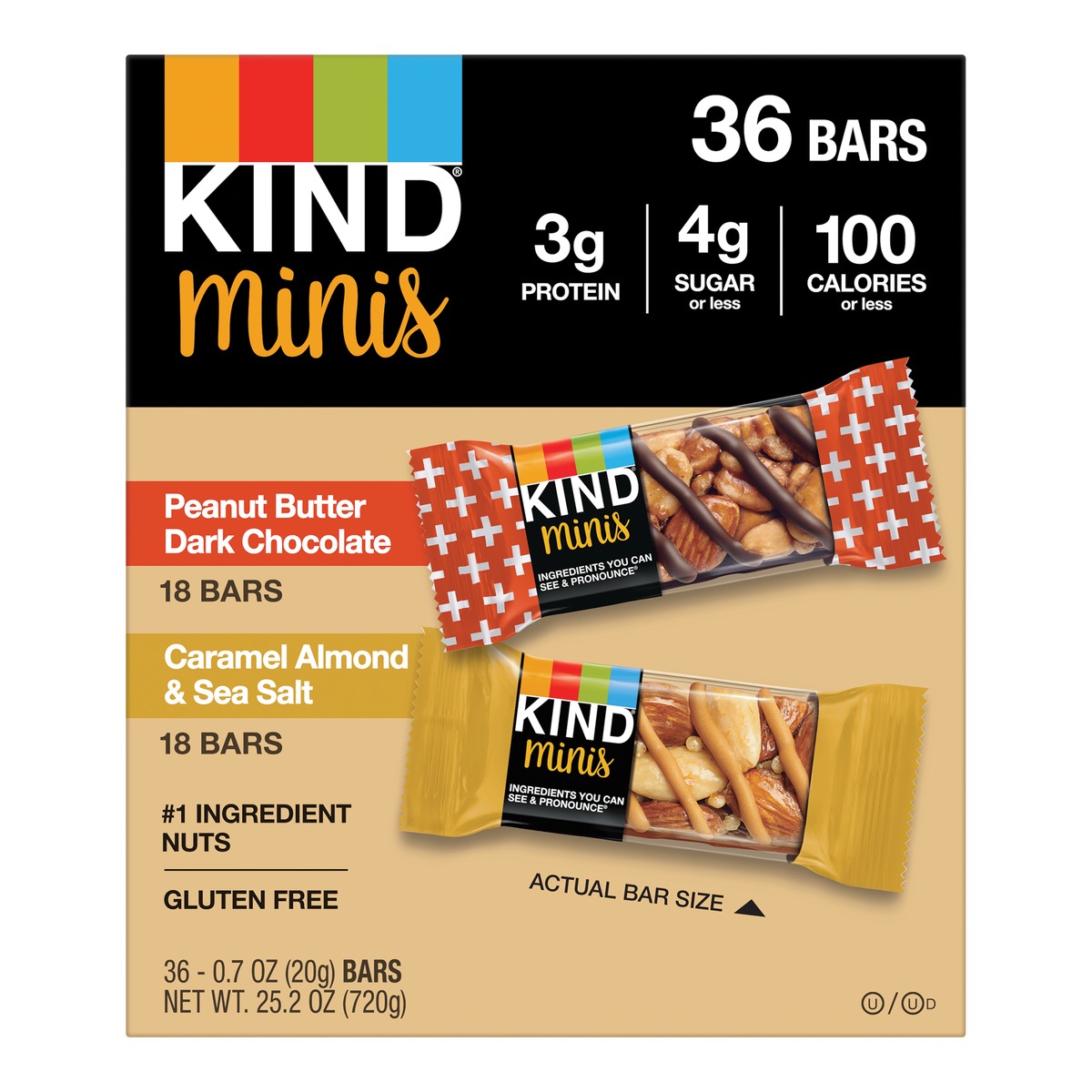
Snack time doesn’t have to break the bank, and with Costco’s bulk offerings, you can stock up on healthy snacks for the whole family without spending a fortune. From crunchy snacks to protein-filled options, there’s something for everyone, even the pickiest eaters. Read More.

